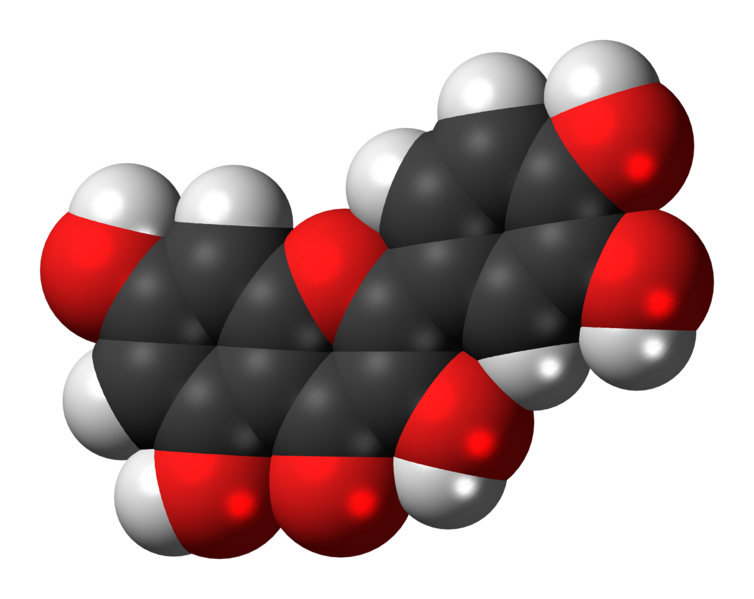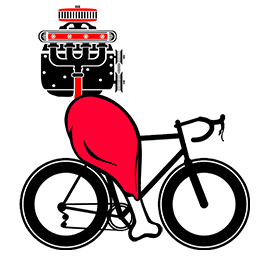Study Summary
This small pilot study examined whether seven days of quercetin supplementation (1,000 mg/day) could improve energy metabolism, reduce inflammation and oxidative stress, and enhance high-intensity cycling performance in 12 physically active male students. Using a randomized, single-blind crossover design, participants completed two seven-day supplementation periods of quercetin and placebo, separated by a week washout.
Quercetin, a plant pigment is a potent antioxidant flavonoid and more specifically a flavonol, found mostly in onions, grapes, berries, cherries, broccoli, and citrus fruits.
After supplementation, participants cycled for 60 minutes at 70% VO2max, recovered for three hours, then cycled to exhaustion at 75% VO2max. Researchers measured indicators of energy metabolism, oxidative stress, inflammation, muscle damage, and performance.
Results showed quercetin supplementation significantly improved insulin sensitivity after exercise, increased antioxidant capacity (TAC) and the antioxidant superoxide dismutase (SOD), and lowered the oxidative stress marker malondialdehyde (MDA) during recovery (p < 0.05). Quercetin also significantly improved subsequent 75% VO2max cycling performance and lowered levels of the inflammatory marker interleukin-6 and the muscle damage marker creatine kinase 24 hours after exercise (p < 0.05).
However, quercetin did not significantly affect glucose levels, respiratory exchange ratio, the inflammatory marker TNF-alpha, the muscle damage marker myoglobin, or the inflammatory marker hsCRP compared to the placebo.
In conclusion, short-term quercetin supplementation may enhance high-intensity cycling performance by improving insulin sensitivity after exercise, reducing oxidative stress and inflammation. Quercetin could be an effective performance-enhancing supplement for young, active individuals. More research is needed to confirm these results and determine optimal dosing protocols.
Competitive endurance athletes could consider short-term quercetin supplementation before key workouts or events to potentially improve insulin sensitivity, mitigate oxidative stress, decrease inflammation, and enhance high-intensity performance. However, athletes would need to trial quercetin during training to determine optimal and safe dosages for their personal use before competition.
Definition of Terms and Possible Benefits
Insulin sensitivity: How responsive the body’s cells are to the hormone insulin, which mediates the uptake of glucose from the bloodstream. Improved insulin sensitivity means the body is better able to uptake glucose from the blood, which provides more fuel for exercise and recovery. This could enhance cycling performance and reduce risk of overtraining.
Antioxidant capacity (TAC): A measure of the body’s ability to counteract oxidative stress and the production of free radicals during exercise. Higher TAC means the body has more antioxidant defenses to mitigate cell damage from exercise and allow for better recovery and adaptation. This could help cyclists better handle demanding training loads and recover optimally between workouts and events.
Superoxide dismutase (SOD): An antioxidant enzyme in the body that helps neutralize harmful free radicals produced during exercise. Higher SOD activity helps reduce oxidative stress, allowing for improved recovery and performance. For cyclists, greater SOD could help minimize cell damage from vigorous or prolonged cycling, reducing inflammation and fatigue.
Malondialdehyde (MDA): A marker of oxidative stress and cell damage in the body. Lower MDA levels mean less oxidative damage is occurring, allowing for optimal recovery and adaptation. Decreased MDA in cyclists could indicate their bodies are coping well with the oxidative stress of training and competition, enabling better performance, recovery, and health.
Interleukin-6 (IL-6): A pro-inflammatory cytokine produced by the body in response to muscle contractions and stress during exercise. While some IL-6 is beneficial, too much can hinder recovery and performance. Lower IL-6 responses in cyclists may indicate less inflammation from exercise, supporting enhanced recovery between workouts and a lower risk of overreaching or overtraining.
Creatine kinase (CK): An enzyme found in muscle cells and an indicator of muscle damage from exercise. Elevated CK suggests muscle breakdown has occurred, which can impede performance, require longer recovery, and potentially lead to overtraining if chronic. Lower CK levels in cyclists point to less muscle damage from training and competition, enabling optimal performance, recovery, and progression.

Abstract
Short-Term Oral Quercetin Supplementation Improves Post-exercise Insulin Sensitivity, Antioxidant Capacity and Enhances Subsequent Cycling Time to Exhaustion in Healthy Adults: A Pilot Study
Aim Quercetin has been reported to have antioxidant and anti-inflammatory properties on health promotion in human studies. The main purpose of this study was to investigate the effect of short-term oral quercetin supplementation on post-exercise whole-body energy metabolism. This study also aimed to determine the effects of supplementation on oxygen stress, inflammation, muscle damage, and high-intensity cycling exercise performance. Method Twelve healthy participants, physically active students, were recruited to perform a randomized, single-blind crossover study. All subjects completed 7-days of quercetin (quercetin:1,000 mg per day for 7-days) and placebo supplementation in a randomized order. Supplement/placebo was combined with exercise consisting of 70% V̇O2max cycling for 60-min, followed by 3-h of recovery, then a subsequent single bout of cycling exercise with 75% V̇O2max to exhaustion. Time to exhaustion, indicators of muscle damage, as well as blood and gaseous parameters relating to energy metabolism, oxidative stress, inflammatory response, respectively, were determined. Results The results showed that 7-day quercetin supplementation significantly attenuated the post-exercise glucose-induced insulin response, increased total antioxidant capacity (TAC) and superoxidase dismutase (SOD) activities, and mitigated malondialdehyde (MDA) levels during the recovery period (p < 0.05). While subsequent 75% V̇O2max cycling performance was significantly improved after quercetin treatment and accompanied by lower responses of interleukin 6 and creatine kinase at 24-h. However, it’s noted that there were no significant responses in glucose, respiratory exchange rate, tumor necrosis factor-α (TNF-α), myoglobin, and high sensitivity C-reactive protein between quercetin and placebo trials. Conclusion Our findings concluded that 7-day oral quercetin supplementation enhances high-intensity cycling time to exhaustion, which may be due in part to the increase in whole-body insulin-stimulated glucose uptake and attenuation of exercise-induced oxygen stress and pro-inflammation. Therefore, quercetin may be considered an effective ergogenic aid for enhancing high-intensity cycling performance among young adults.
Frontiers in Nutrition, 2022
https://doi.org/10.3389/fnut.2022.875319
Authors: Jung-Piao Tsao, J. Bernard, Hsiu-Chen Hsu, Chin-Lin Hsu, S. Liao, I-Shiung Cheng
Listen to the Two Minute Study Summary

Jordan Fowler has experience as a head swimming coach of the Frisco Swim Team, a TAAF-awarded coach, a track and field distance running consultant for select Texas High School runners, and has competed as a triathlete, road runner, and cyclist. Though he is remarkably slower than he was in his 20s and 30s, he still enjoys endurance sports and sports science studies.
